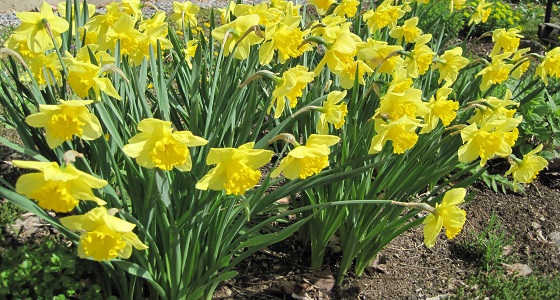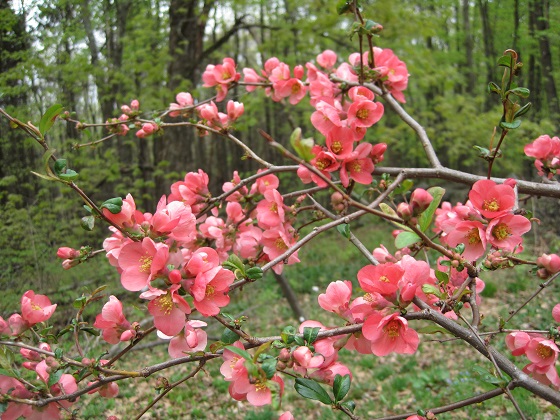For centuries, gardeners took their cues for planting times from nature—a field of knowledge called phenology. For instance, “Plant potatoes when the first dandelion blooms.” Learn more about planting by nature’s signs—and see more examples!
Advertisement
Most of us may not be familiar with the term, “phenology,” even though it’s been part of The Old Farmer’s Almanac culture for centuries. Look up almost any weather or farming adage, and you’ll find it is based in phenology.
What is Phenology?
What is it, though? Phenology is the study of cyclical natural phenomena and events—from bud burst to bird migration—and then letting nature’s timing help you understand when to plant and harvest. Native and ornamental plants act as nature’s “alarm clock” by signaling that temperatures and precipitation are optimal for planting.
Since average frost dates are just an estimate, observing the plant and animal activity can be very helpful. While not totally foolproof, following nature’s clock helps us tune in to the rhythm of life around us.

Examples of Phenology
Nature’s “signs” are different in every region; however, you should still relate to these examples:
- Blooming crocus are your cue to plant radishes, parsnips, and spinach.
- When the forsythia is in bloom, it is safe to plant peas, onion sets, and lettuce.
- Half-hardy vegetables, including beets, carrots, and chard, can be planted when the daffodils blossom.
- Look for dandelions to bloom before planting potatoes.
- Perennial flowers can be planted when the maple trees begin to leaf out.
- When quince is blossoming, transplant cabbage and broccoli.
- Wait for apple trees to bloom before planting bush beans.
- When the apple blossoms fall, plant pole beans and cucumbers.
- By the time the lilacs are in full bloom, it will be safe to plant tender annual flowers and squashes.
- Transfer tomato transplants to the garden when lily-of-the-valley is in full flower.
- Full-sized maple leaves signal time to plant morning glory seeds.
- Peppers and eggplant can be transplanted when the bearded irises are blooming.
- When peonies blossom, it is safe to plant heat-loving melons, such as cantaloupe.

How to Observe Nature’s Cues
What are the seasonal cues where you live? Observe the connection between “firsts” and what’s happening in the yard and garden:
- First bud (of various plants)
- First bloom (of various plants)
- First animal migration
- First appearance of different insects
- First emergence of hibernating animals
- First amphibian (like spring peepers)
Other natural phenomena, such as bird migrations and the emergence of insects and amphibians, also signify the coming of spring. It only makes sense to use these events as indicators of when the weather is right for planting. Observations made over many years have led to some fairly reliable conclusions!
For many gardeners and farmers, nature is more predictable than historic frost dates. However, it’s always a good idea to check planting dates by first frost dates as well. See our Planting Calendar to find the best times to plant seeds—based on frost dates as well as Moon-favorable dates.












Comments